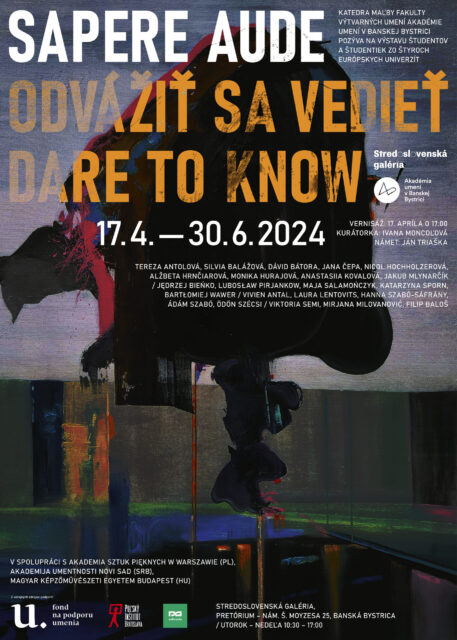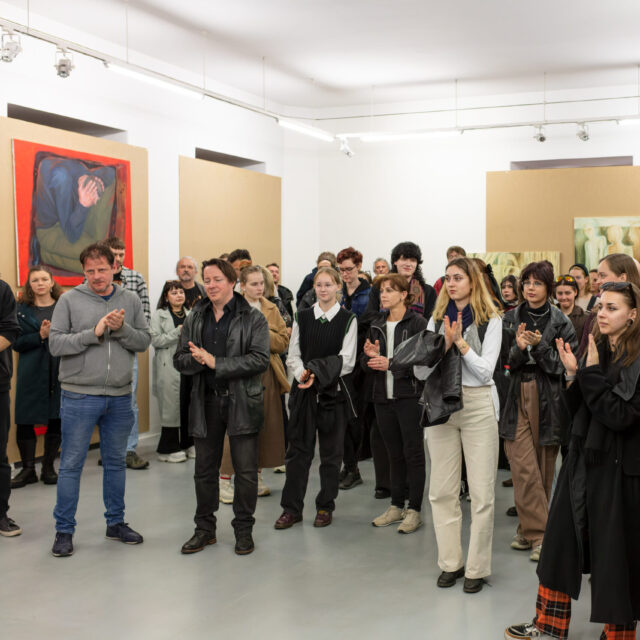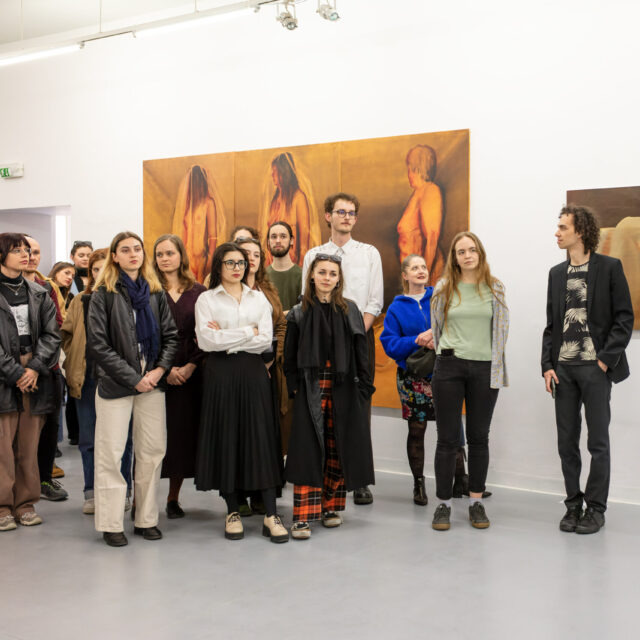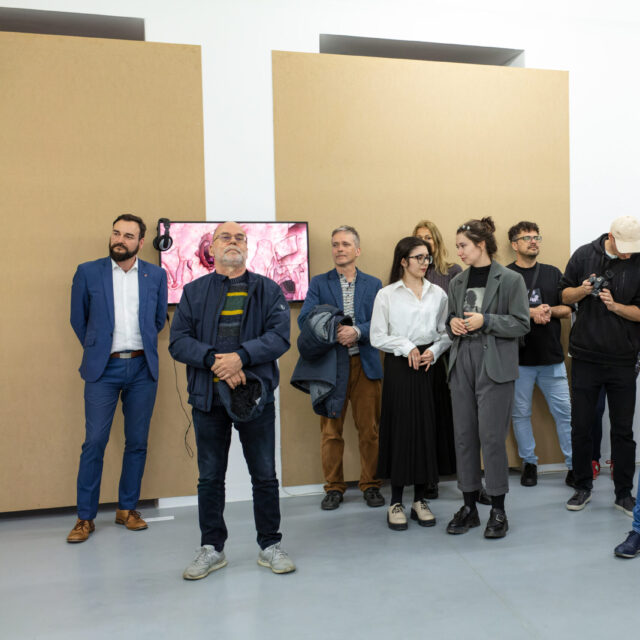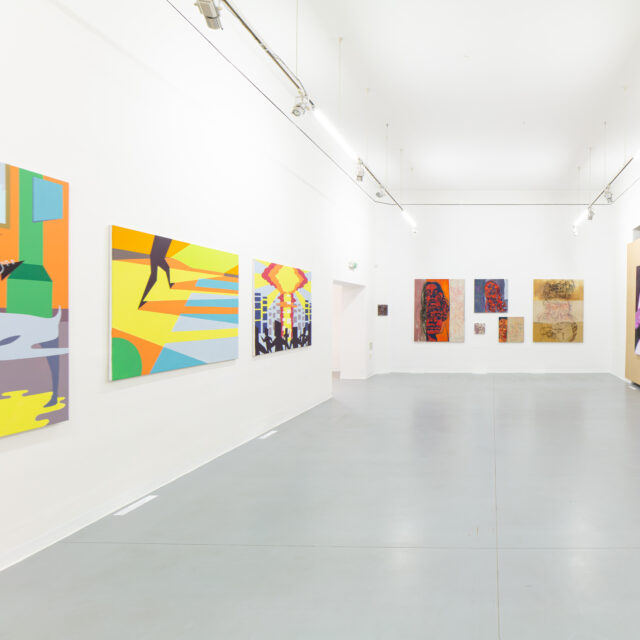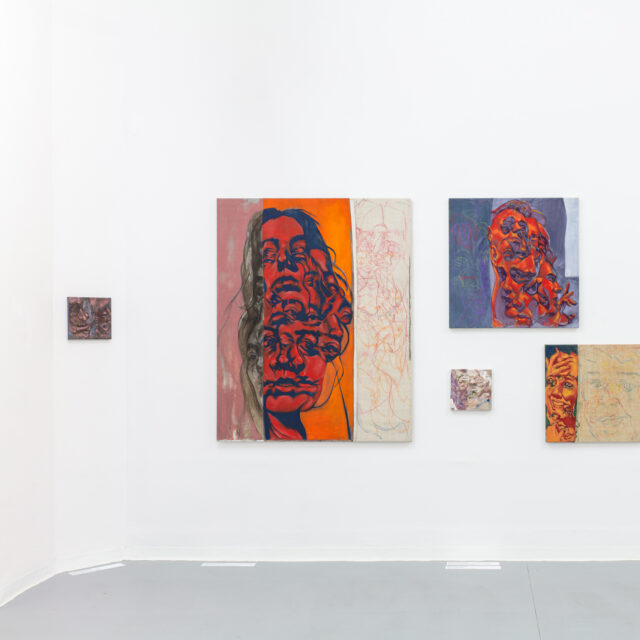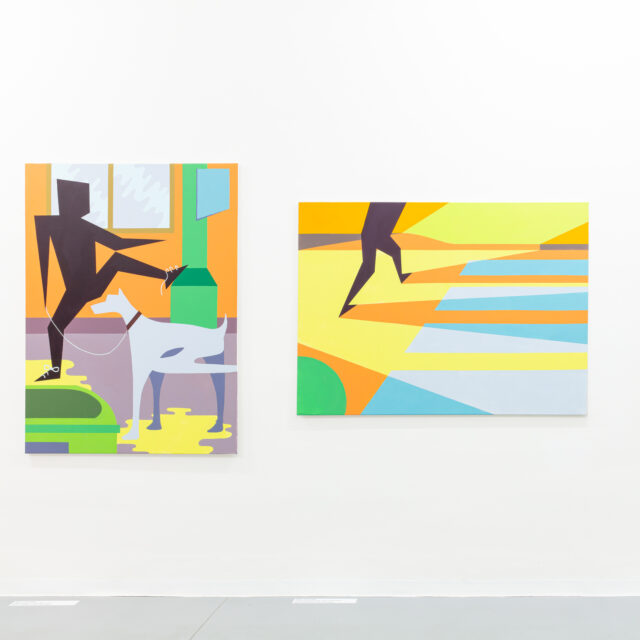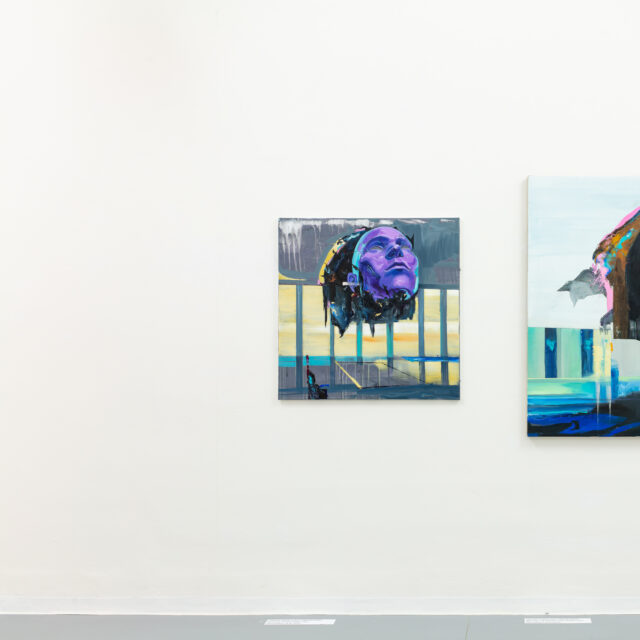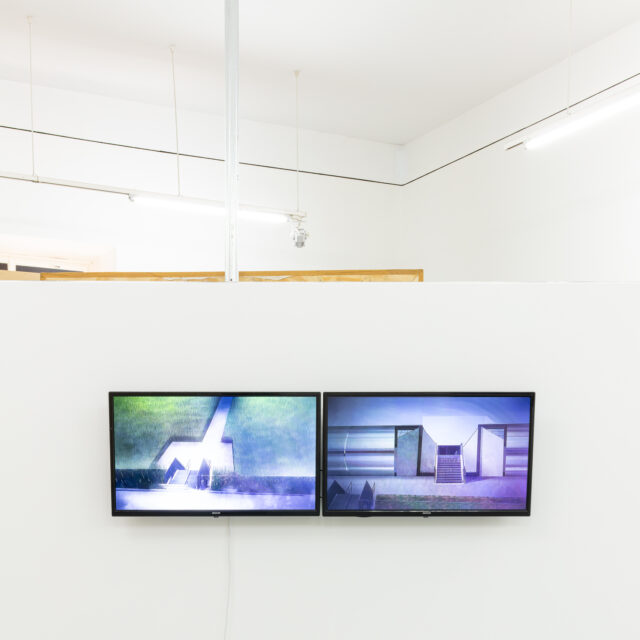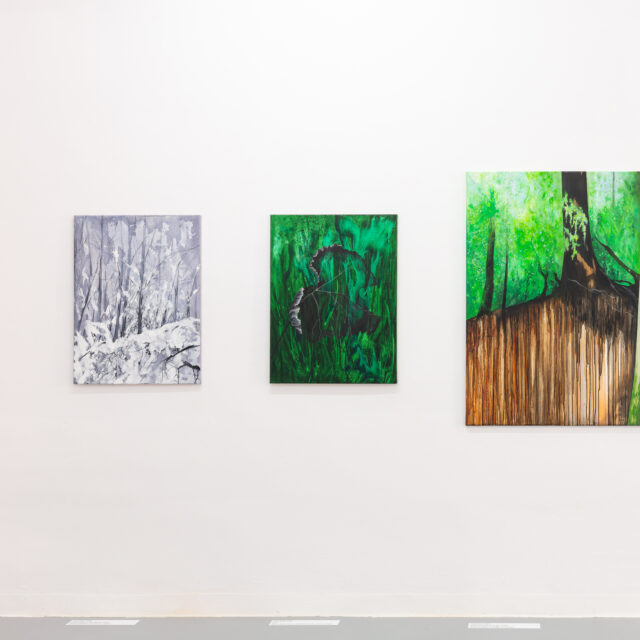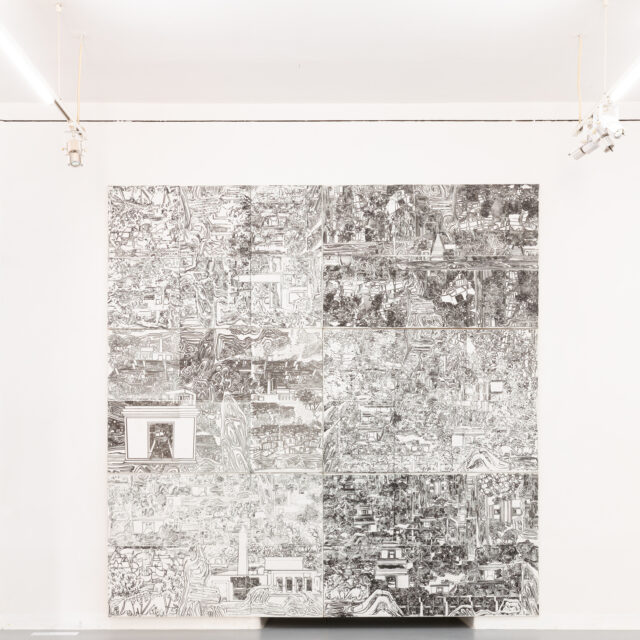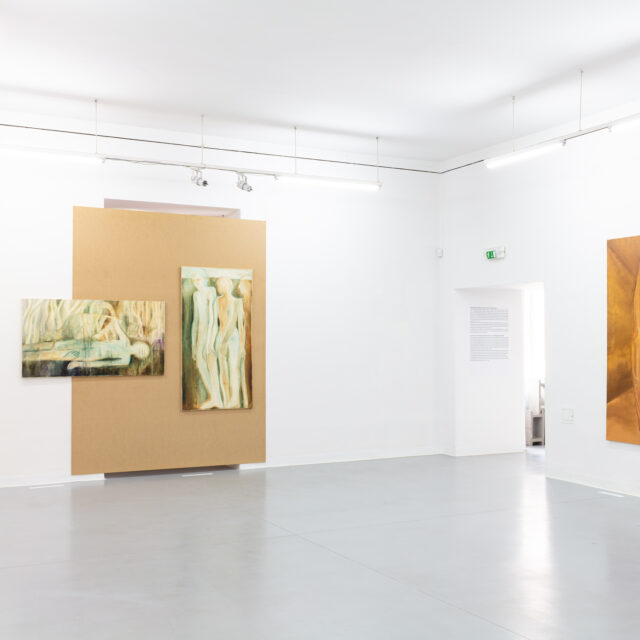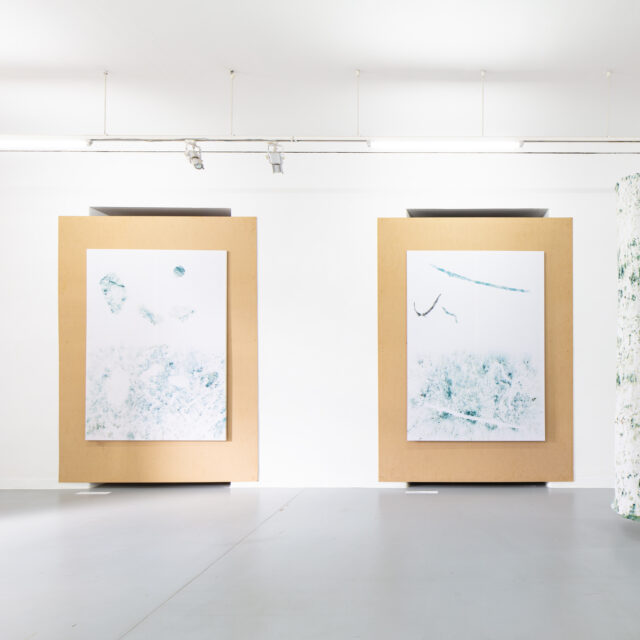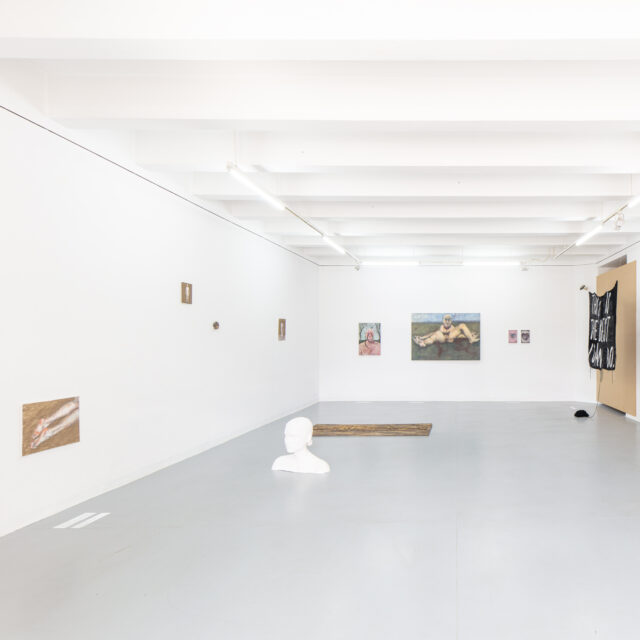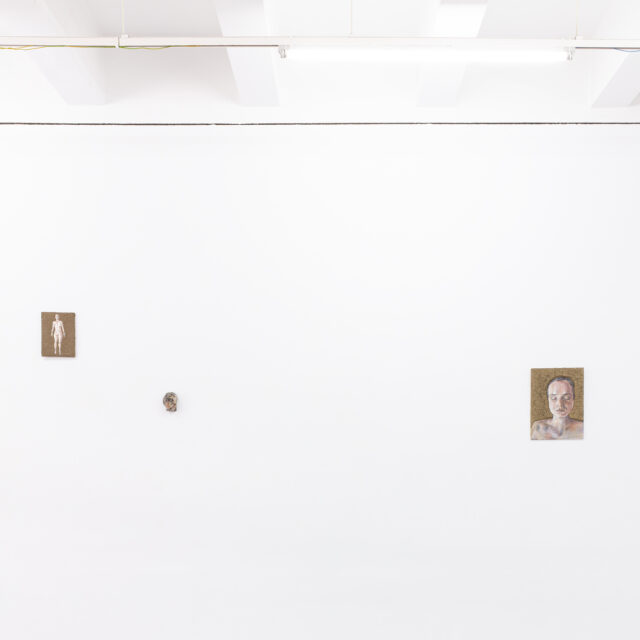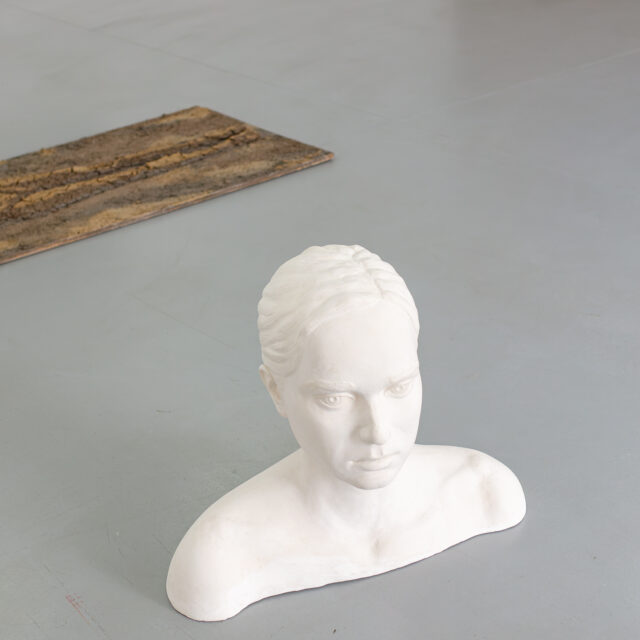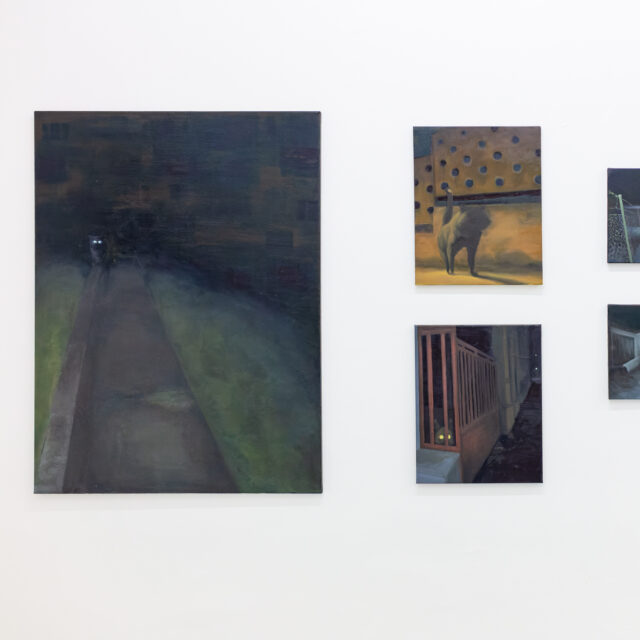Opening: 17th April 2024 at 17:00
Exhibition lasts: 17th April – 30th June 2024
Gudided Tours For Public: 23rd April 2024 and 14th May 2024 at 17:00 hod.
Central Slovak Gallery – Pretórium, Námestie Š. Moyzesa 25, Banská Bystrica, Slovak Republic
Curator: Ivana Moncoľová
Idea: Ján Triaška
Artists: Tereza Antolová, Silvia Balážová, Dávid Bátora, Jana Čepa, Nicol Hochholzerová, Alžbeta Hrnčiarová, Monika Hurajová, Anastasiia Kovalová, Jakub Mlynarčík // Jędrzej Bieńko, Lubosław Pirjankow, Maja Salamończyk, Katarzyna Sporn, Bartłomiej Wawer // Vivien Antal, Laura Lentovits, Hanna Szabó-Sáfrány, Ádám Szabó, Ödön Szécsi // Viktoria Semi, Mirjana Milovanović, Filip Baloš
The Department of Painting of the Faculty of Fine Arts of the Academy of Arts in Banská Bystrica invites you to an exhibition of students from four European universities called SAPERE AUDE (Dare to Know). The exhibition presents the work of twenty-two students from the Faculty of Fine Arts in Banská Bystrica, the Department of Painting at the Academy of Fine Arts in Warsaw (Akademia Sztuk Pięknych w Warszawie, Poland), the Department of Painting at the Hungarian University of Fine Arts in Budapest (Magyar Képzőművészeti Egyetem Budapest, Hungary), the Academy of Arts in Novi Sad (Akademija umentnosti Novi Sad, Serbia).
The idea and theme of the joint Central European exhibition SAPERE AUDE was conceived during the second wave of the corona pandemic, with the aim of linking the collaboration and presentation of four European universities and especially their students who were working at home at the time. Although art education is mainly based on individual outputs, the impulses of social socialisation, education, and spending time together in the creation of their works in studios are crucial for the creation of individuals.
The selection of works focuses on making the themes of the artworks and paintings present to the public, researched by the students themselves, who reflect on the themes that arise from imagination as well as from the materiality of real life. The aim of the visits to the individual art studios at the art academies was to find out which themes are important, difficult as well as positive for the current generation, and to what extent they overlap. Of course, we live in globalised conditions, in a time of global pandemic, the turn to the digital environment, and to digital communication between pedagogues and students has been a turn away from the standards established in pedagogical guidance in practical subjects, from drawing, to technology in painting, to sculpture and installation, and is a rupture that has been displaced and unresolved until today, and has complicated both education itself and the socialisation of students with each other. Some students found psycho-hygiene in visiting nature, others focused on observing objects in their home surroundings. Non-standard and unexpected situations of restriction of movement resulted in the exploration of new themes, many of which are verbally reflected by psychologists in pointing to the problem of the corona pandemic era.
The exhibition is divided into several areas that reflect, for example, nature and landscape in their ecological contexts, loneliness and isolation as a space for reflection, as well as the impossibility of socialization. Or (self-)portraiture as a form of escape, but also of psychological recognition of self and others.
The very title of the exhibition Sapere Aude (Dare to Know) refers to the ability to delve into themes, and articulate personal as well as public issues in art.
Dimidium facti, qui bene coepit, habet, sapere aude, incipe! Is a phrase from the poet Horace in the Epistulae (20 BC), often used in the context of academic education. Immanuel Kant used it as symbolic of the Age of Enlightenment. Translated, it means: “He who has begun is half done; dare to know; begin!“
Supported using public funding by Slovak Arts Council, as well as the Polish Institute in Slovakia.
